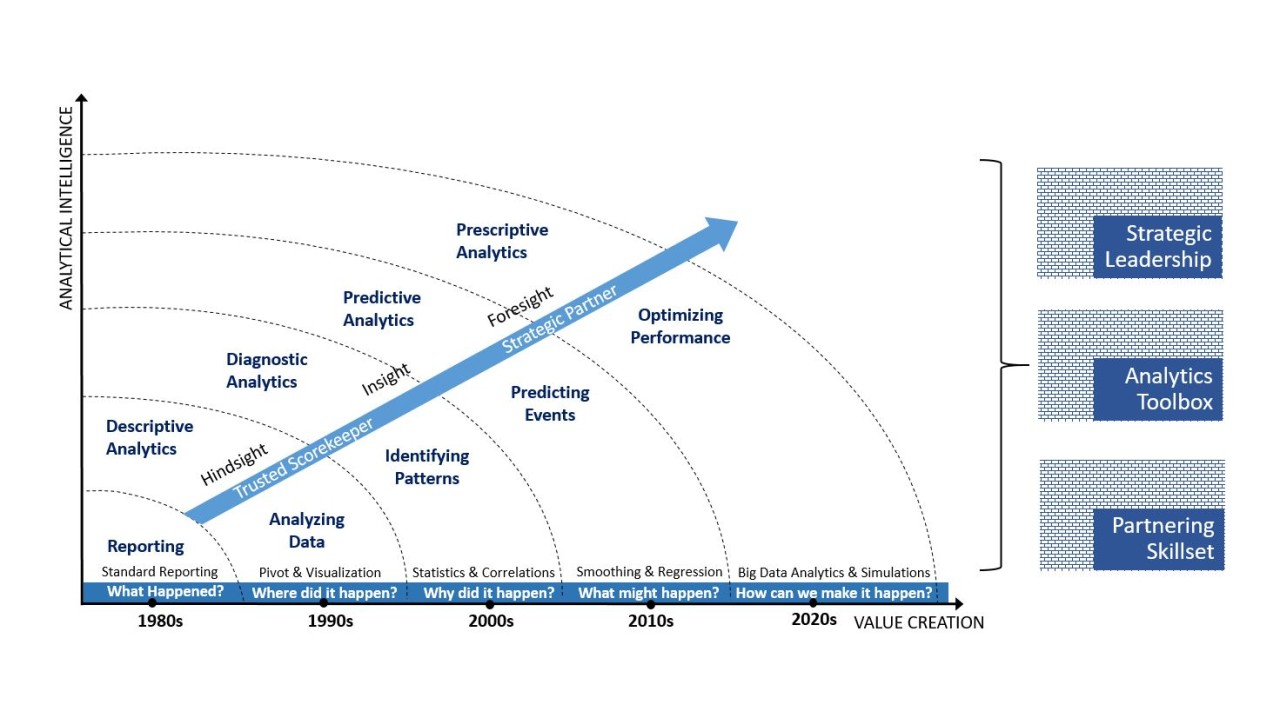
An analytics roadmap is a strategic plan that outlines the steps and milestones an organization will follow to develop and implement its analytics capabilities. It provides a structured approach to leveraging data and analytics to achieve business objectives. The roadmap typically aligns with the organization's overall strategy and business goals. Here are key components commonly found in an analytics roadmap:
Define Objectives and Goals:
Clearly articulate the business objectives and goals that analytics will support. Align analytics initiatives with the overall strategic priorities of the organization.Assess Current State:
Evaluate the current state of data infrastructure, analytics capabilities, and data maturity within the organization. Identify existing data sources, tools, and processes.Data Governance and Quality:
Develop or enhance data governance policies to ensure data quality, security, and compliance. Implement measures to improve and maintain data quality.Data Collection and Integration:
Identify and prioritize data sources needed for analytics. Implement data integration strategies to bring together data from disparate sources.Technology Stack:
Define the technology stack required for analytics, including databases, data warehouses, analytics tools, and visualization platforms.Skill Development and Training:
Assess the skills and competencies of the existing workforce. Develop training programs to enhance data literacy and analytics skills across the organization.Build Analytics Infrastructure:
Implement the necessary infrastructure to support analytics initiatives, such as setting up data warehouses, deploying analytics tools, and creating data pipelines.Advanced Analytics and Machine Learning:
Explore opportunities for advanced analytics and machine learning applications based on business needs. Develop capabilities for predictive analytics, prescriptive analytics, and machine learning.Data Visualization and Reporting:
Implement data visualization tools and reporting mechanisms to communicate insights effectively. Create dashboards and reports that support decision-making across various levels of the organization.Cultural Change:
Foster a data-driven culture within the organization. Encourage collaboration between business and analytics teams.Continuous Improvement:
Establish a process for continuous improvement of analytics capabilities. Regularly reassess goals, objectives, and the effectiveness of analytics initiatives.Measure and Monitor:
Define key performance indicators (KPIs) to measure the success of analytics initiatives. Implement monitoring and reporting mechanisms to track progress over time.Iterative Development:
Recognize that the analytics roadmap is a dynamic document that may evolve based on changing business priorities, technological advancements, and organizational needs.